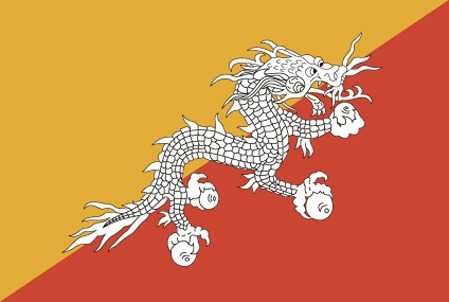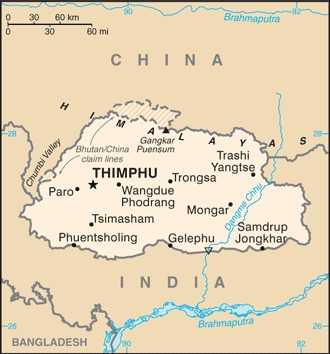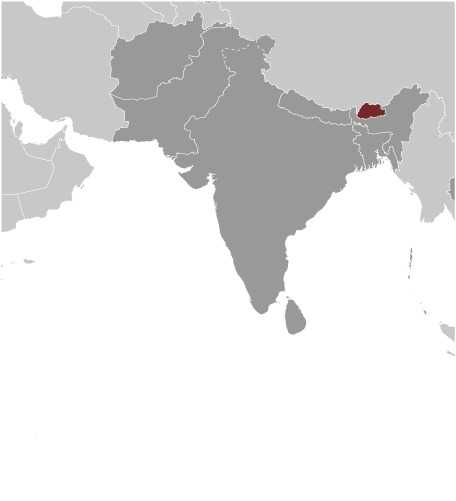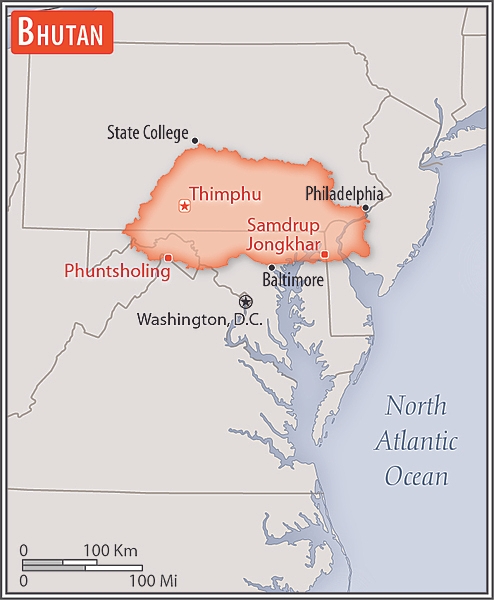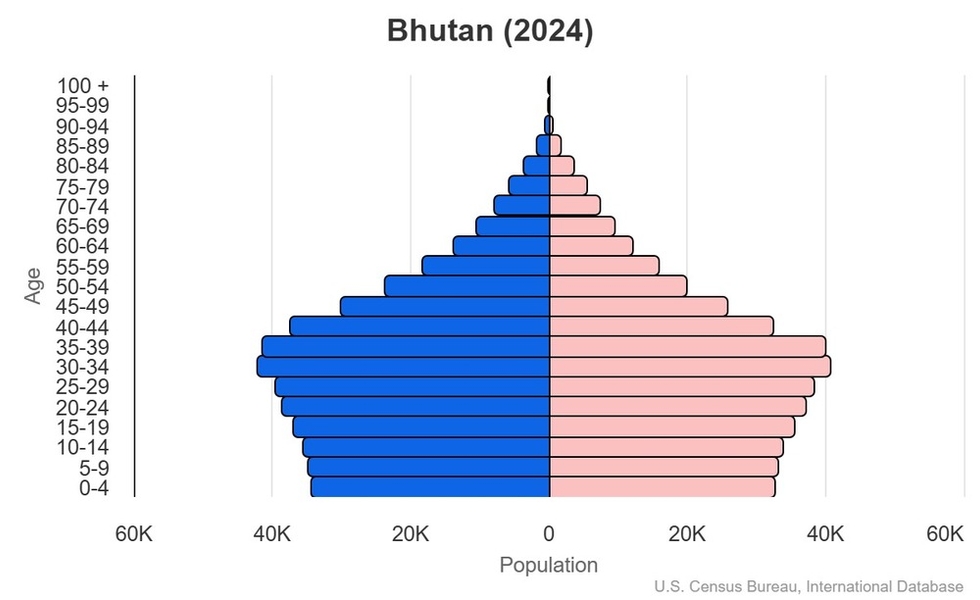Introduction
Visit the Definitions and Notes page to view a description of each topic.
Geography
People and Society
Population
comparison rankings: total 165; male 163; female 165
Median age
comparison ranking: total 134
Population growth rate
comparison ranking: 98
Birth rate
comparison ranking: 106
Death rate
comparison ranking: 158
Net migration rate
comparison ranking: 92
Maternal mortality ratio
comparison ranking: 97
Infant mortality rate
comparison ranking: total 63
Life expectancy at birth
comparison ranking: total population 147
Total fertility rate
comparison ranking: 147
Obesity - adult prevalence rate
comparison ranking: 168
Alcohol consumption per capita
comparison ranking: total 179
Tobacco use
comparison ranking: total 80
Children under the age of 5 years underweight
comparison ranking: 56
Education expenditure
comparison ranking: Education expenditure (% GDP) 36
Environment
Carbon dioxide emissions
comparison ranking: total emissions 178
Government
Economy
Real GDP (purchasing power parity)
comparison ranking: 165
Real GDP growth rate
comparison ranking: 48
Real GDP per capita
comparison ranking: 125
Inflation rate (consumer prices)
comparison ranking: 78
GDP - composition, by sector of origin
comparison rankings: agriculture 56; industry 59; services 130
Industrial production growth rate
comparison ranking: 137
Labor force
comparison ranking: 161
Unemployment rate
comparison ranking: 35
Youth unemployment rate (ages 15-24)
comparison ranking: total 90
Gini Index coefficient - distribution of family income
comparison ranking: 131
Public debt
comparison ranking: 14
Taxes and other revenues
comparison ranking: 112
Current account balance
comparison ranking: 118
Reserves of foreign exchange and gold
comparison ranking: 145
Debt - external
comparison ranking: 87
Energy
Electricity
comparison rankings: installed generating capacity 116; consumption 100; exports 38; imports 82; transmission/distribution losses 43
Energy consumption per capita
comparison ranking: 79
Communications
Telephones - fixed lines
comparison ranking: total subscriptions 174
Telephones - mobile cellular
comparison ranking: total subscriptions 169
Broadband - fixed subscriptions
comparison ranking: total 183

